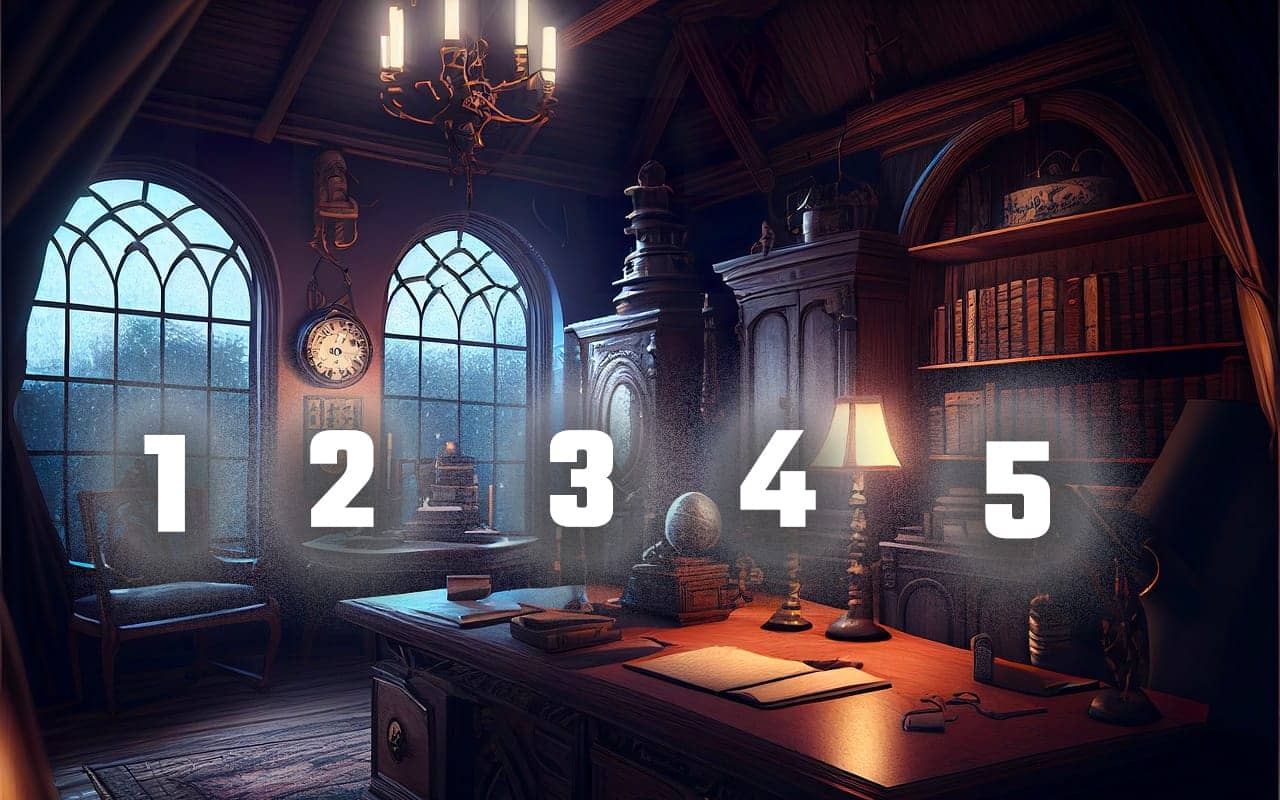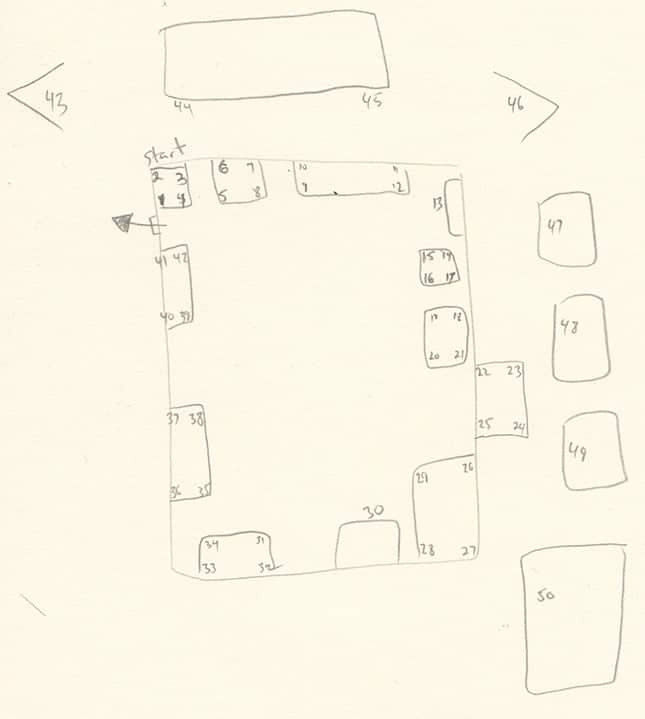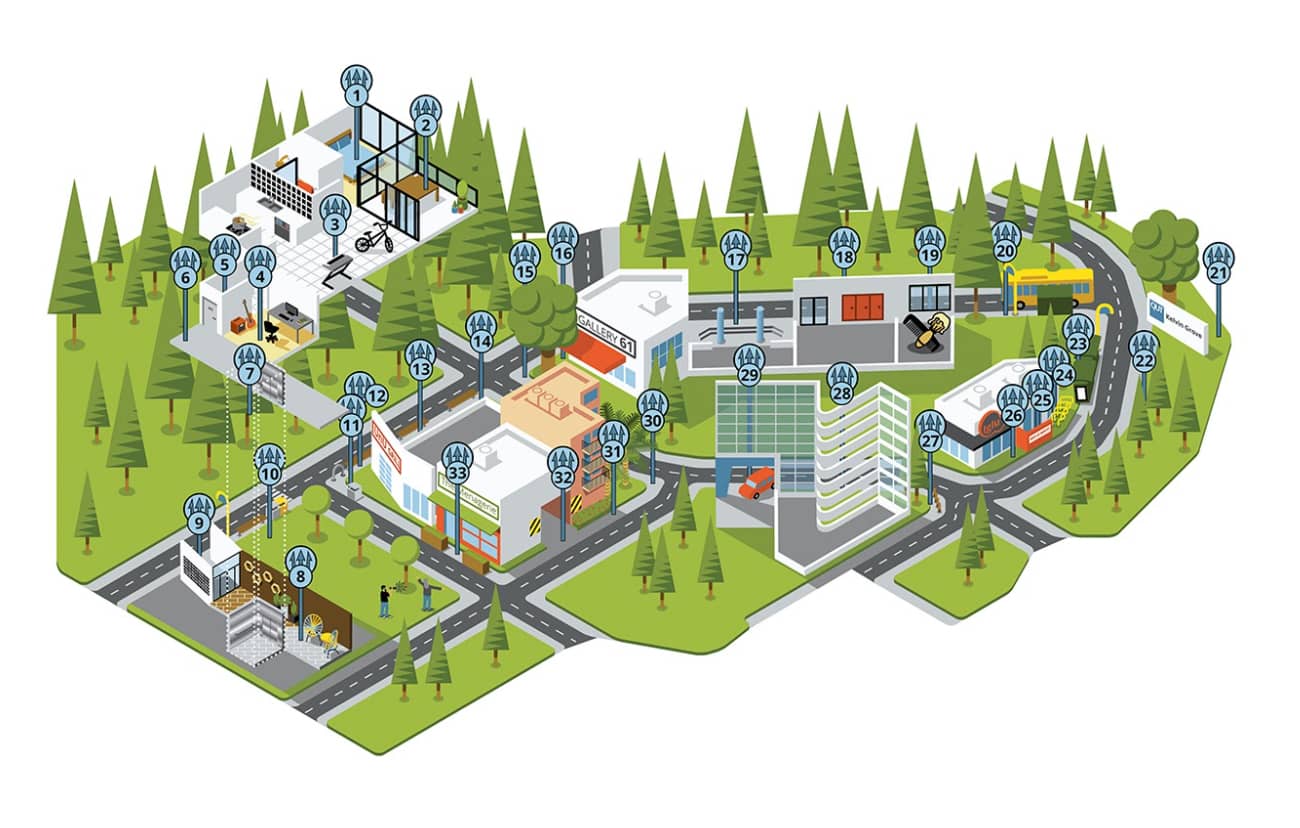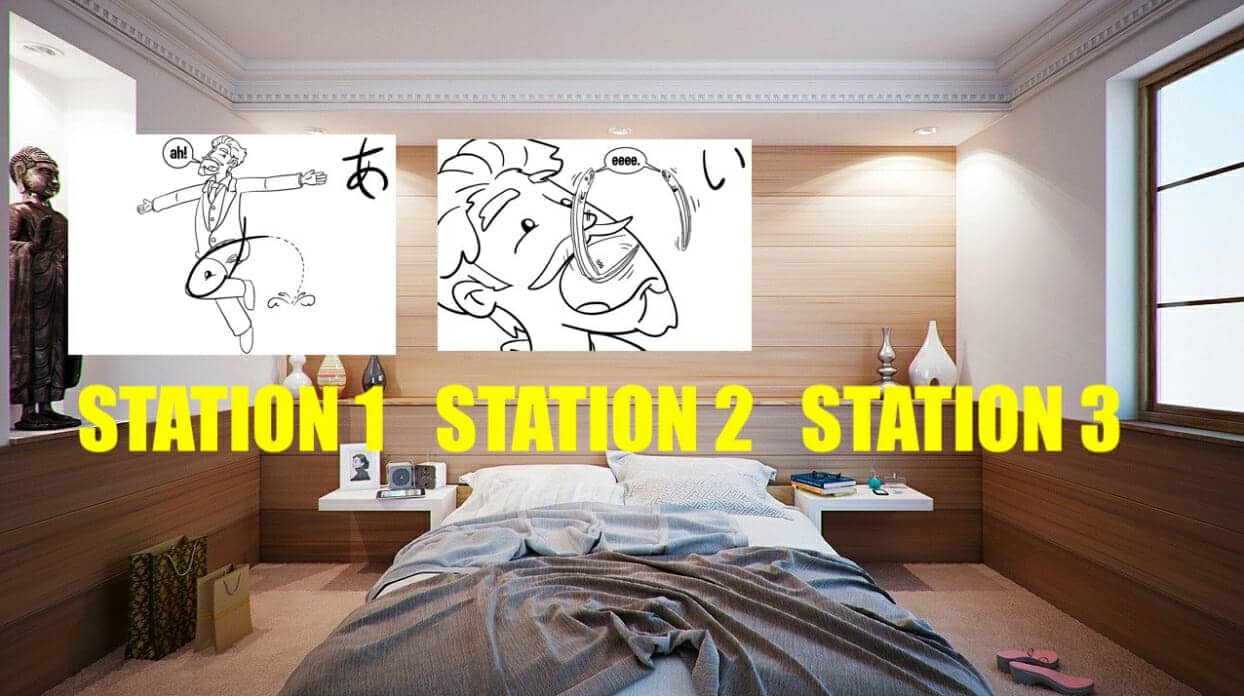
I certainly did. In fact, I’m very glad I figured out how to create them rapidly and use them to help accomplish my learning goals. Without hassle.
Over the years I’ve been sharing my results, I’ve received a ton of questions about how to memorize just like Holmes by using highly optimized mnemonic strategies.
To take things to the next level, here’s a personal learning experiment I conducted:
I asked myself, what would Sherlock Holmes do if he were a real, 21st Century Detective?
To help answer the question, I completed a few simple steps that I’ll share with you on this page:
- Re-read all the Sherlock Holmes stories
- Completed an online course in detecting crimes with a real detective
- Revisited some of my earlier graduate school studies which involved Hannibal Lecter’s friendships with detectives
- Made a proper Mind Palace optimized for remembering the kinds of details Sherlock focused on when solving crimes
As a result, I’ve been able to observe much better and remember specific details with much greater accuracy.
So if that interests you and you’d like a detailed tutorial on how you can do the same using Mind Palaces like Sherlock Holmes, let’s dive in.
How To Create Your Own Sherlock Homes Mind Palace
There are a number of steps involved in using memory techniques well.
As we go through this list, consider your goals first. This is important because Sherlock doesn’t always use Mind Palaces. He sometimes uses other techniques related to critical thinking.
As tempting as it can be to focus all our efforts on just one tactic, we have to be realistic. The Mind Palace technique is not always the best mnemonic device for the job.
But once you’ve tested that it’s the tool you want to use, it will serve you very well.
Step One: Pick A Reliable Location
The Mind Palace technique relies on using mental imagery based on locations.
And this is where many people make a big mistake. For example, they try to use an imaginary Memory Palace based on one of the Sherlock Holmes stories. Or, they might choose a location from some other movie or series.
If you’d like to do that, you can either pick an existing scene from a Sherlock show or movie or an illustration in a book. Or you could ask an AI to create Victorian Study for you like this:
Then, using the method of loci, a small number of Magnetic Stations to your new Mind Palace.
Once done, your Sherlock Mind Palace will look something like this:
Step Two: Split Test Your Sherlock Mind Palace Against A Real Memory Palace
There’s nothing wrong with basing your Mind Palace on a fantasy location. It certainly can work for some people, as testified by the successful memory athlete Idriz Zogaj.
But not everyone is a memory competitor. That’s why the Renaissance memory master Robert Fludd always recommended basing your Mind Palaces on real locations.
I suggest you go one step further and draw out each Mind Palace you use by hand. Here’s a personal Memory Palace example based on my elementary school:
Step Three: Compare Your Mind Palace Against The Sherlock Mind Palace Examples
Yeah, I know.
Hand drawn Mind Palaces don’t seem nearly as sexy as what you may have seen in the series or short story illustrations.
But the truth is that real memory abilities, like the kind people like Derren Brown have demonstrated along with memory champions like Mark Channon and Alex Mullen are real. They’re not fictional and memory science backs them up. Even successful mnemonists like Solomon Shereshevsky use real locations as their source for well-functioning Mind Palaces.
In fact, even people with unusually strong memory skills from brain legions are known to have used real locations for their Mind Palaces. For more information on that, I suggest learning about Solomon Shereshevsky.
That said, it’s worth trying both options: emulating what you see in the series for your Mind Palace and working with the ancient tradition I teach (sometimes called the art of memory).
My prediction?
You’ll probably find it faster and easier to use Mind Palaces after you’ve based them on real locations and drawn them out by hand.
Step Four: Fill Your Memory Palaces With Information & Associations
Different people have different priorities.
In my time using memory techniques regularly for over twenty years, I’ve used Mind Palaces to pass exams, assist with language learning and give speeches.
For example, when I needed to memorize and deliver this TEDx Talk, I quickly based the Mind Palace I used on a neighborhood in Brisbane:
As you can see, the Mind Palace has the same numbering as you would place in a Mind Palace based on a location derived from a Sherlock Holmes story.
To take another example, I once learned the Japanese hiragana. It was a simple matter to place weird and interesting mnemonic images on stations in my Mind Palace. Like this:
Step Five: Practice Recalling Information From The Mind Palace
For the purposes of the Sherlock Holmes case study shared in the video above, I realized that I’d need to remember a lot of things related to crime. Literally dozens of details will demand your attention in real time. This would include, without being limited to:
- Name of deceased, and there might be several names, even nicknames involved
- Last time seen alive with potentially multiple locations involved
- Where/when the body was discovered and by whom
- Weight, height, eye color, hair color, other visible features of the deceased
- Estimated time of death, which will involve a range that will be useful to remember
- Cause of death
- Social life of the victim
- Family members
- Vehicles owned
- Property details, including the address, property access points, furniture, damaged and/or missing items
In your case, you will have different types of information. The key point is that you will use spaced repetition in order to usher the information into long-term memory.
So whether you’re memorizing the details of a crime or using the technique to remember names, it’s important to recall the information.
You do that very simply by thinking back to where in the Mind Palace you placed the associations. Then trigger the associations so that they bring back the target information.
Take the example above with Japanese. I just had to think about station one in the Mind Palace and ask: What was happening there? Within seconds, the mnemonic image of Ezra Pound going “ah!” came to mind and I remembered both the shape and the sound of the first hiragana.
Step Six: Keep Practicing With Life Improving Goals
Now that you have the bird’s eye overview, I would suggest putting the techniques to action with a long term learning goal.
Personally, one of my favorites is language learning. In fact, the Mind Palace for language learning is a well-proven process that works for any language, as shown in this detailed tutorial.
Whatever topic you choose to focus on, consistency over time is key. Mastering memory techniques is kind of like music and requires deliberate practice.
Sherlock-Level Memory Techniques: Yours For The Taking
That’s really all there is to it.
Except for adding the ability to think as critically as Sherlock Holmes and as linearly as his brother Mycroft.
But to think critically, you’ll want to master the best possible memory skills first. Or, if you have any doubts, you might like to read one of the many scientific studies demonstrating just how well this approach to remembering information can be.
And if you’d like more help after reading and putting the steps above into use, please consider registering for this free course:
This fun memory course gives you four video lessons and simple worksheets that will help you master the Mind Palace technique quickly.
So what do you say?
Ready to memorize like Sherlock?
Make it happen!
Related Posts
- Tap The Mind Of A 10-Year Old Memory Palace Master
Alicia Crosby talks to us about how she memorized all of Shakespeare's plays in historical…









